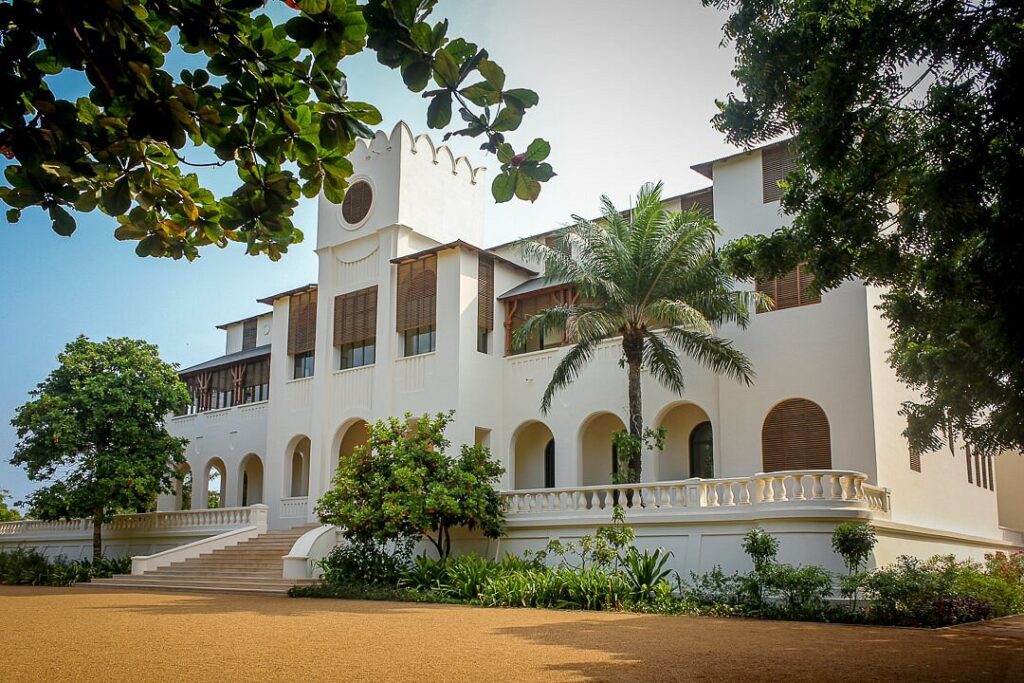Lomé, Togo – Travel Tips
Category
Categories
Popular Articles

**Overview of the Destination**
Lomé, the vibrant capital of Togo, is a lively city known for its lively markets, palm-fringed beaches, colonial architecture, and rich culture. This West African haven’s unique blend of French and African influences has resulted in an atmosphere of tranquillity and exuberance. Lomé’s noticeable distinction is its long sandy coastline which overlooks the Gulf of Guinea, making it a top destination for beach lovers. Its pulsating music, sumptuous cuisine, and warm local hospitality also make it worth the visit.
**Best Time to Visit**
The most ideal time to visit Lomé would be during the dry season, from November to April. These months offer you the perfect weather to explore outdoor activities. There is also a lesser-known second dry season between August and September, which is also a good time to visit. However, remember to plan around the Festival del Pesce, a major fish festival that takes place in August.
**Climate & What to Pack**
Lomé experiences tropical, hot and humid conditions almost throughout the year. During dry seasons, temperatures can range between 24°C to 30°C. So, your suitcase should mainly include lightweight clothing in breathable fabrics. Don’t forget your swimsuit, sun hats, sunglasses, and a high-factor sunscreen. An umbrella or a lightweight raincoat may come in handy during the short rains.
**Getting There**
Lomé-Tokoin Airport is the major airport located just 7 km from the city center. There are taxis and car hire services available for transportation from the airport. Nationals from ECOWAS countries do not require a visa, but other foreign nationals will need a visa to enter Togo. It’s always advisable to check visa requirements based on your nationality before travel.
**Getting Around Locally**
Lomé is quite manageable to get around, mainly by taxis, motorbike taxis (zemidjan), and car hire services. The city generally lacks formal public transport but these alternatives are fairly affordable and convenient. Also, the city is fairly walk-friendly.
**Safety Tips**
Lomé is relatively safe for tourists but like any other city, you need to be aware of your surroundings. Avoid flashing expensive items, and keep your belongings secure. It’s safer to avoid isolated areas after dark. Always agree on taxi fares before starting your ride to avoid getting overcharged.
**Top Things to Do & See**
Lomé’s vibrant markets like the Grand Marche and Akodessewa Voodoo Market top the list of must-visit places. Visit the Lomé Cathedral for a slice of colonial history. Lomé’s museums such as the Musée International du Golfe de Guinée offer a glimpse into African art and culture. Lastly, take a leisurely stroll across the beautiful Lomé beach.
**Where to Stay**
There are varieties of options for every budget. For luxury accommodations, consider Hotel Sarakawa or Hotel 2 Fevrier. Mid-range options include Napoleon Lagune and Hotel Nadidja. Budget travelers can opt for Coco Beach Resort.
**Food & Local Cuisine**
Togolese cuisine is a delightful blend of African, French and German influences. Try ‘Akoumé’, a popular staple made from corn flour, or ‘Djenkoume’, a tomato-based variant. For dining, try Pure Plage for beach-side dining or Maquis du Port for a taste of local cuisine.
**Cultural & Practical Tips**
The official language is French, but Ewe and Kabiye are also spoken. The local currency is the West African CFA Franc. Restaurants and hotels usually include a service charge in your bill, so extra tipping is not expected. Power sockets are of type C and E and the standard voltage is 220 V.
**Sustainable or Responsible Travel Tips**
Respect the local traditions and avoid taking photos of locals without their consent. Always dispose your waste appropriately or take it with you.
Lastly, immerse yourself in the local culture, try learning a few phrases in French or local dialects. This might help you connect better with the locals and enhance your travel experience in this amazing city.










